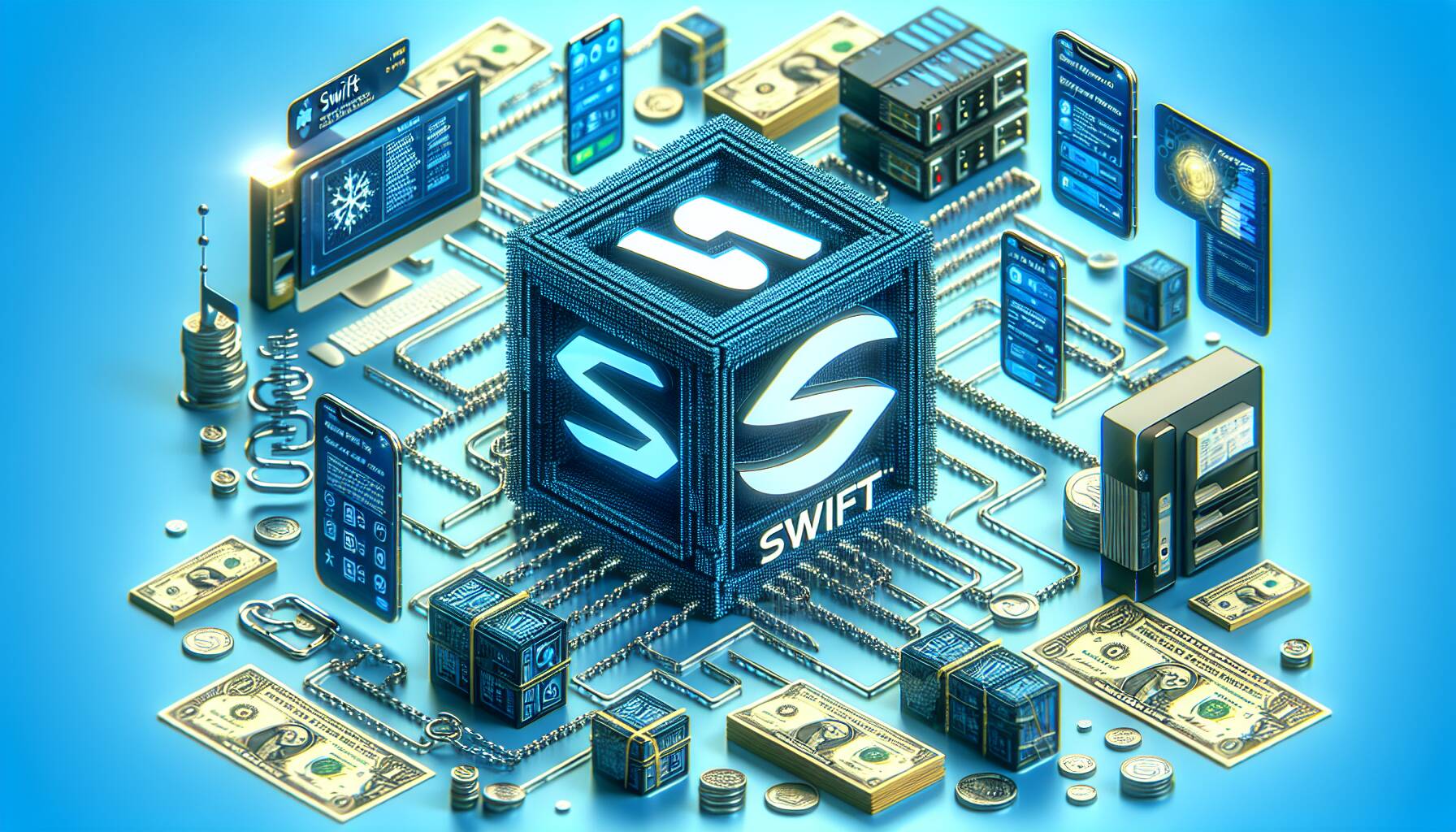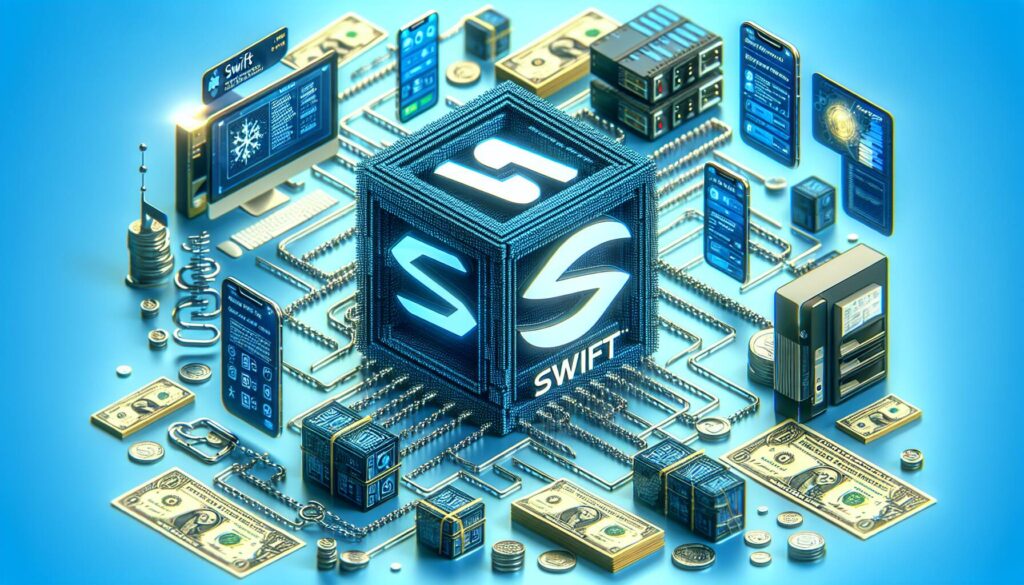In a bold move signaling a shift towards modernizing the banking landscape, SWIFT, the global traditional finance (TradFi) payments network, has announced its plans to integrate a blockchain-based ledger into its operations. This development comes as SWIFT collaborates with over 30 financial institutions to create a system geared towards facilitating 24/7 cross-border payments. This initiative builds upon a prototype designed by Ethereum developers Consensys, marking a significant step forward in digital finance.
According to SWIFT, the new ledger will enhance its role in financial communication by enabling the seamless movement of regulated, tokenized value across various digital ecosystems. With more than 11,000 financial institutions relying on its messaging system for international transactions across 200 countries, SWIFT is keen to address the growing concerns regarding potential competition from digital assets like stablecoins.
“The ledger will extend SWIFT’s financial communication role into a digital environment,”
The integration of blockchain technology reflects SWIFT’s acknowledgment of the necessity to adapt to an evolving financial landscape. By developing a real-time logging system for transactions, SWIFT aims to improve the recording, sequencing, and validation of transactions while enforcing compliance through smart contracts. This creative approach not only positions SWIFT at the forefront of financial innovation but also underscores its commitment to remain relevant in an era increasingly dominated by digital currencies.

SWIFT Introduces Blockchain-Based Ledger for Cross-Border Payments
This development in the traditional finance sector could significantly impact how international transactions are conducted, potentially affecting users’ financial interactions globally.
- Introduction of Blockchain Technology
- SWIFT is adding a blockchain-based ledger to enhance its payment systems.
- This move aligns SWIFT with emerging digital asset trends.
- Collaboration with Financial Institutions
- Over 30 financial institutions are collaborating on this project.
- Partnerships aim to ensure the ledger meets the needs of various market players.
- Project Goals
- The ledger aims to facilitate 24/7 cross-border payments.
- It will support the movement of regulated tokenized value across digital ecosystems.
- SWIFT’s Role in Financial Communication
- SWIFT will extend its traditional financial communication to a digital environment.
- This adaptation is necessary to remain relevant in a rapidly evolving financial landscape.
- Real-Time Transaction Logging
- The ledger will serve as a real-time log for transactions between institutions.
- It will involve recording, sequencing, and validating transactions.
- Smart Contracts for Rule Enforcement
- The use of smart contracts will enforce transaction rules automatically.
- This could improve transaction security and efficiency.
“By integrating blockchain technology, SWIFT aims to enhance the efficiency and security of cross-border payments, potentially transforming how individuals and businesses engage in international transactions.”
SWIFT’s Blockchain Integration: A Game Changer in Traditional Finance
In a pivotal move, SWIFT, the backbone of global financial messaging, is integrating a blockchain-based ledger into its traditional payments system. This advancement aligns it with the shifting landscape towards digital finance, particularly as the realm of cryptocurrencies and stablecoins looms large. Unlike its previous methods, this innovation aims to facilitate 24/7 cross-border payments via collaboration with over 30 financial institutions, propelled by a prototype from Ethereum’s Consensys.
One significant competitive advantage SWIFT holds is its entrenched global presence, serving more than 11,000 financial institutions across over 200 countries. This extensive network not only provides a vast pool of potential users for the new blockchain ledger but also lends a sense of credibility and familiarity that emerging fintech solutions lack. However, this shift to blockchain represents a double-edged sword; while it positions SWIFT at the forefront of technological evolution, it also exposes the service to heightened scrutiny regarding security and operational reliability compared to established systems.
For banks and financial institutions that embrace this blockchain technology, the benefits are considerable. They can expect improved transaction speeds, reduced costs, and enhanced transparency, which could streamline operations significantly. However, tapping into such innovations may create challenges for smaller banks or those resistant to change, as they could struggle to integrate these advanced technologies or compete with larger players that can adapt faster.
Furthermore, as SWIFT ventures deeper into the digital realm, its legacy competitors, including emerging payment platforms utilizing stablecoins, could face dilemmas. These platforms may need to innovate rapidly to stay relevant, or risk being overshadowed by SWIFT’s extensive capabilities that meld traditional finance with blockchain advantages. Conversely, the integration of blockchain could also lead to partnerships with existing fintech solutions focused on tokenization, heralding a new era of hybrid financial services.
In essence, while SWIFT’s latest initiative presents significant promise for the global finance landscape, its impact will ripple through the industry, creating both opportunities and challenges for various stakeholders as the lines between traditional and digital finance continue to blur.

















